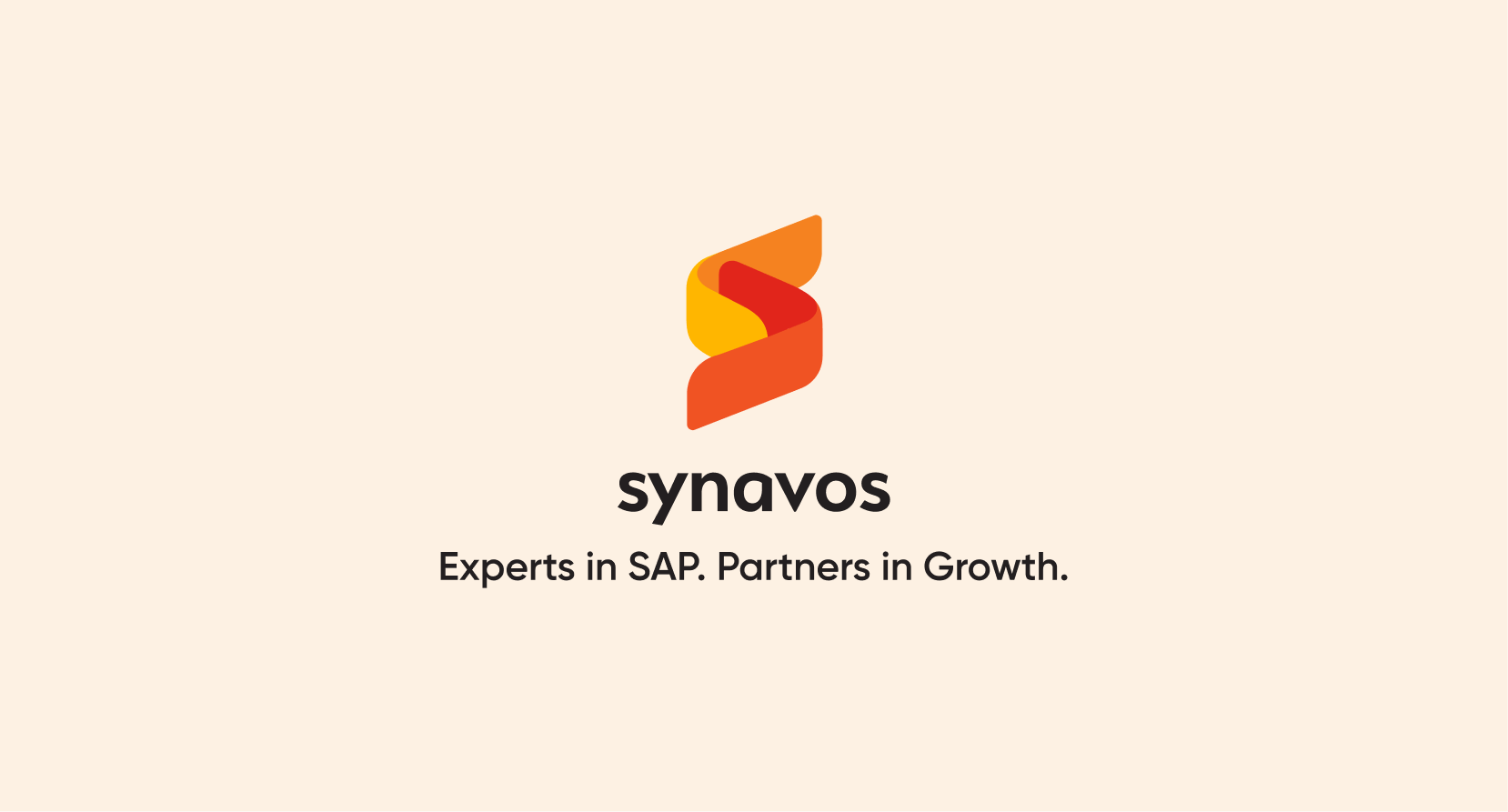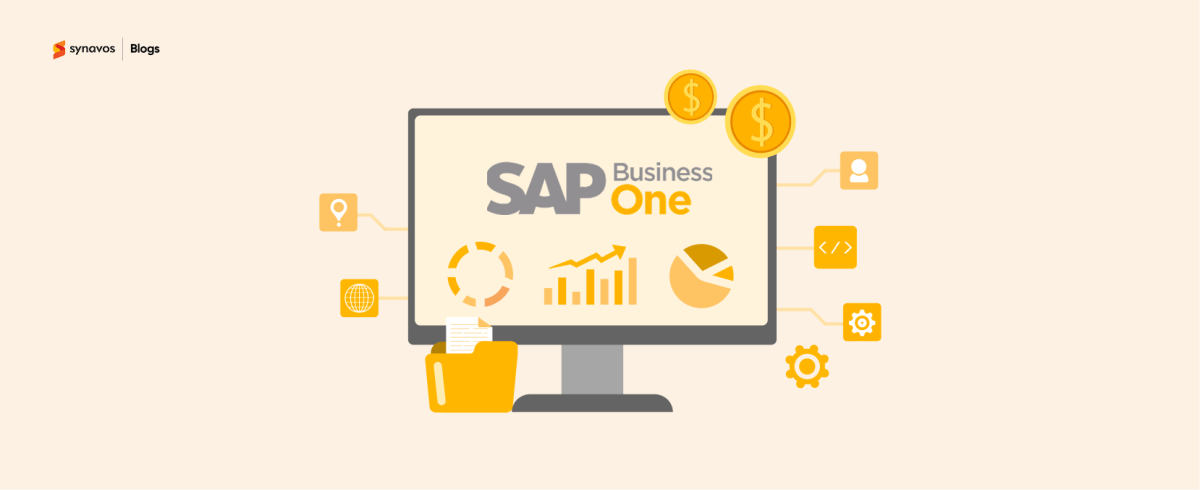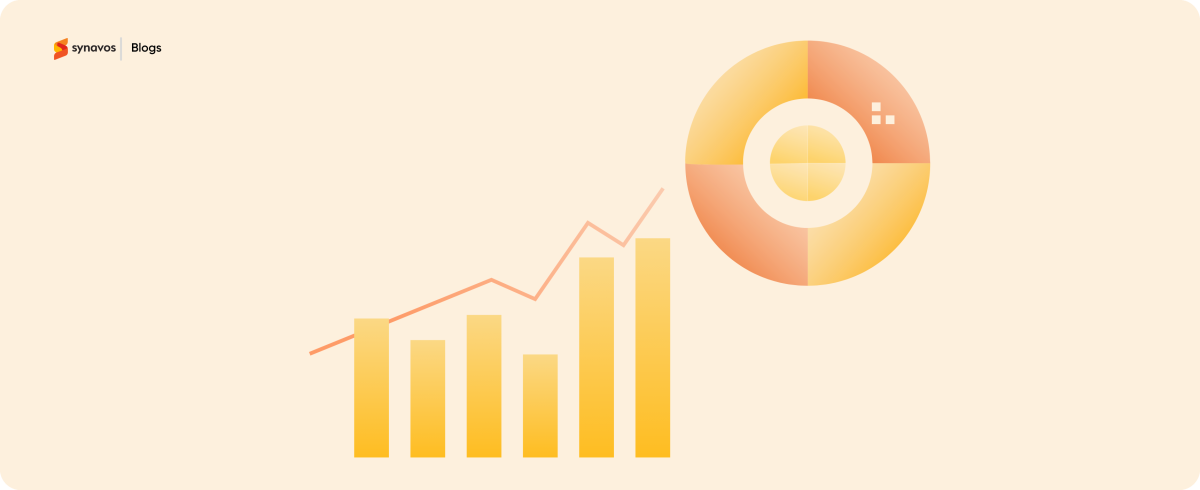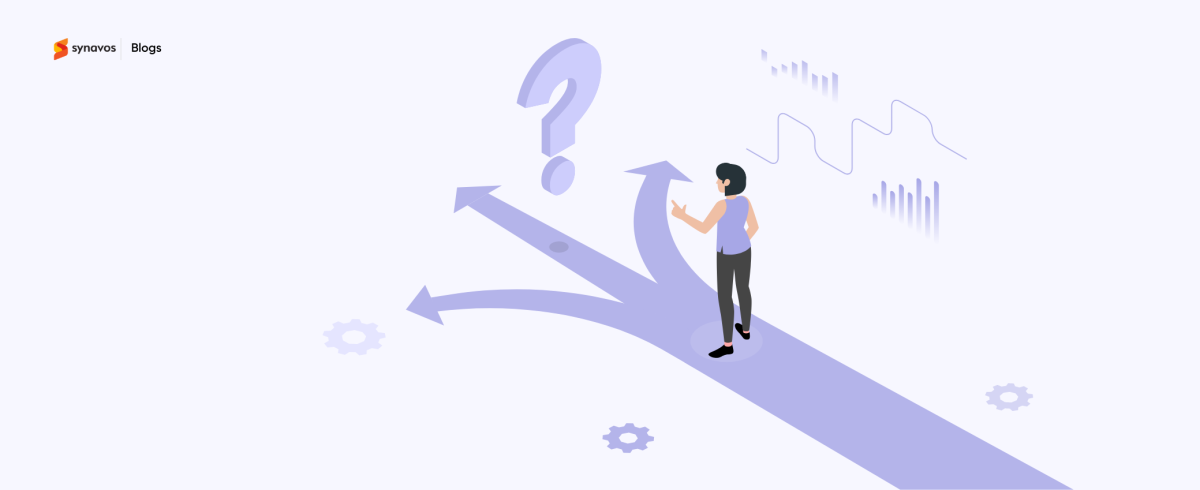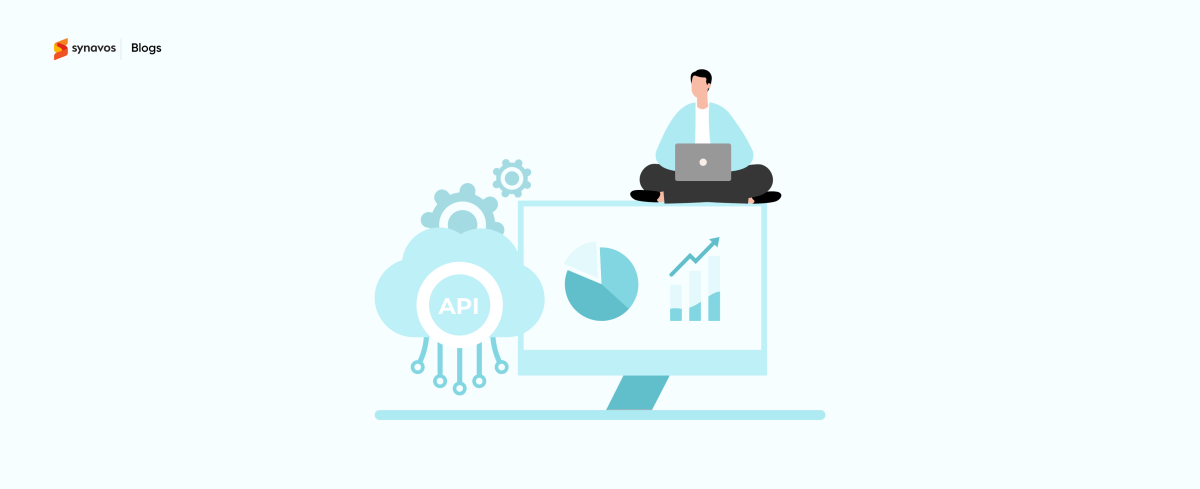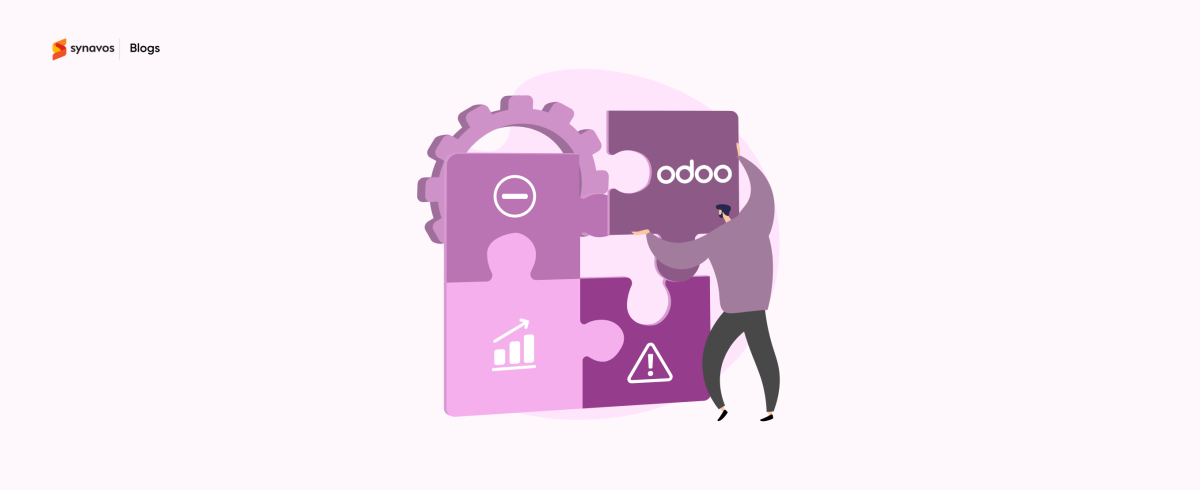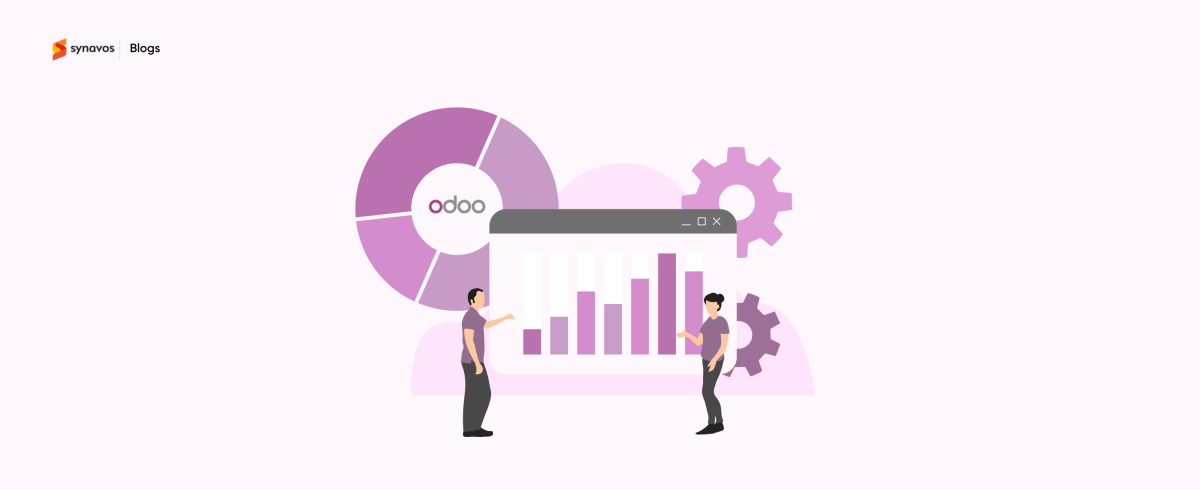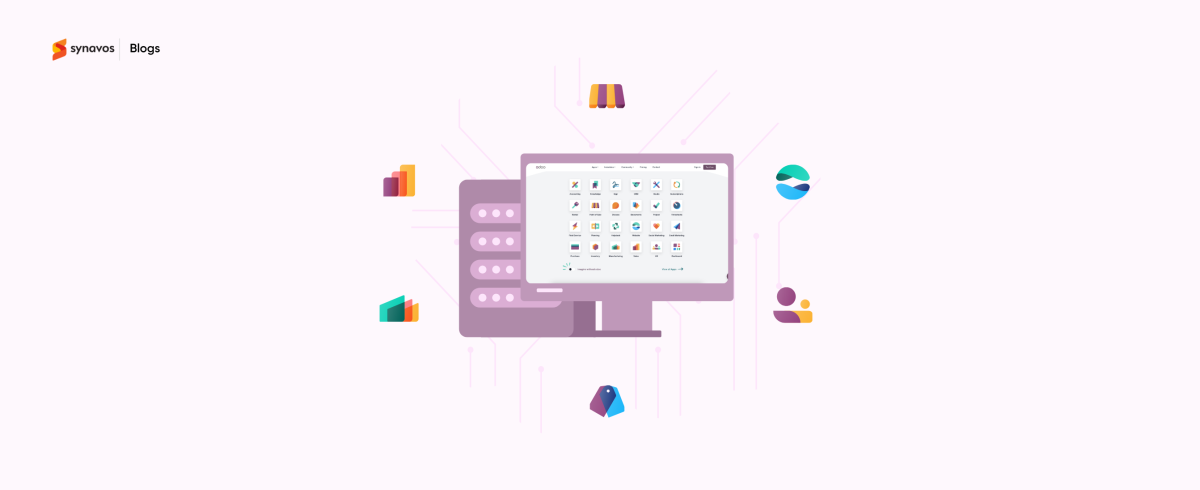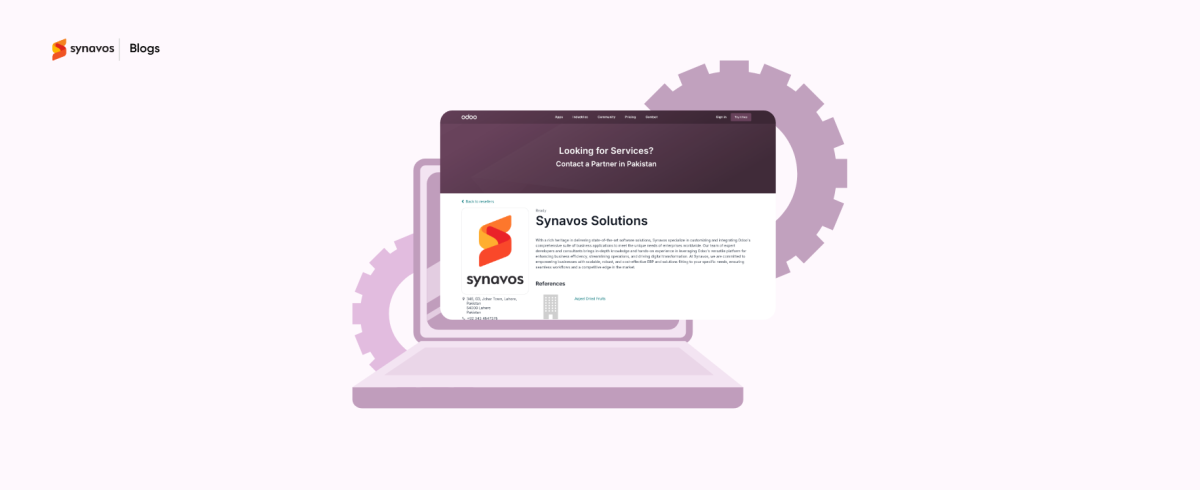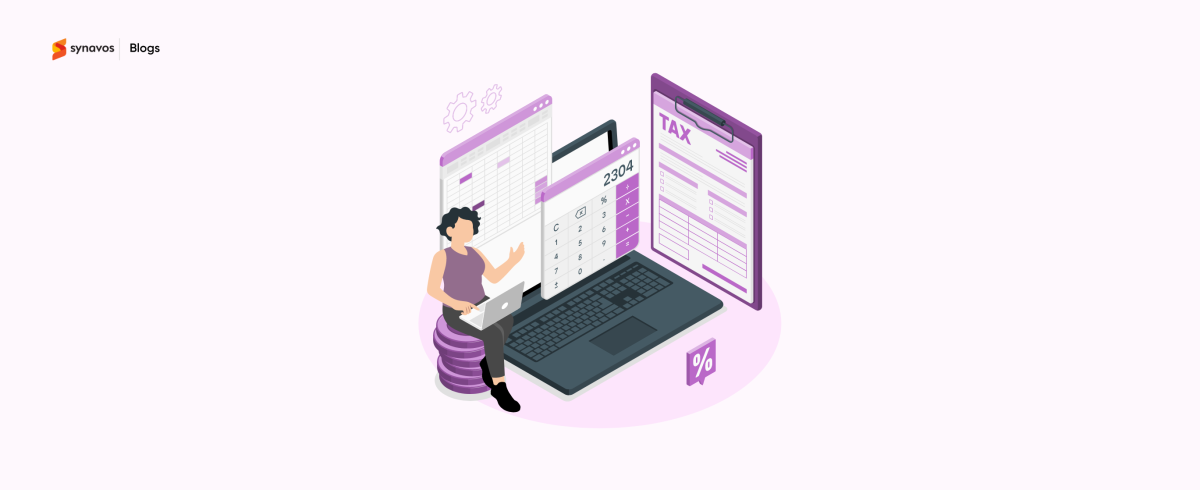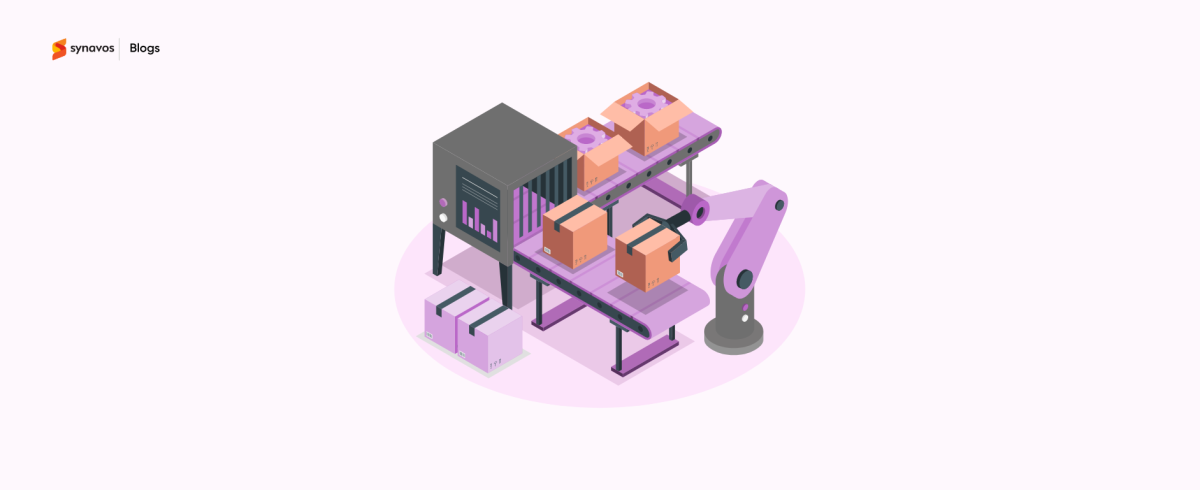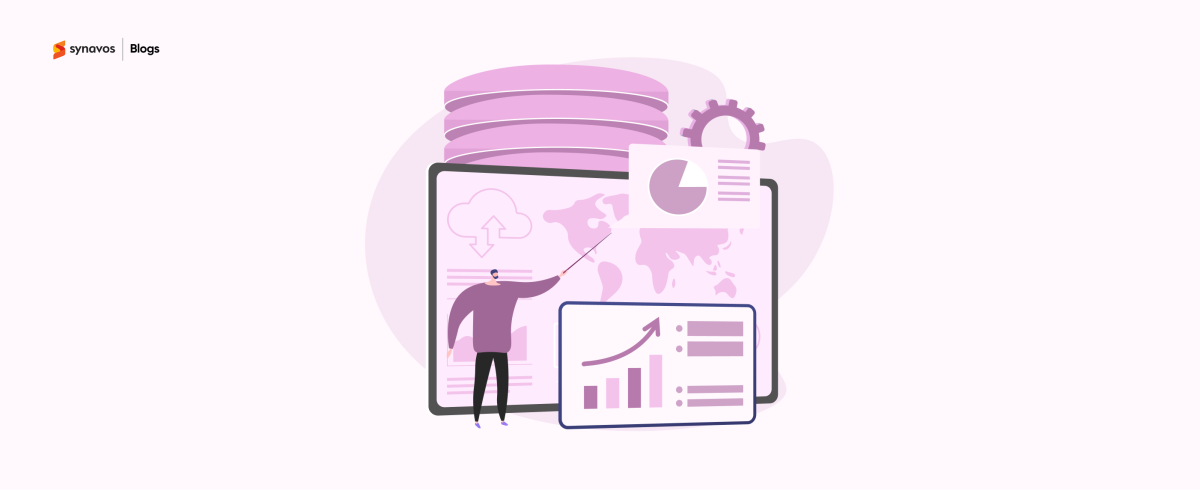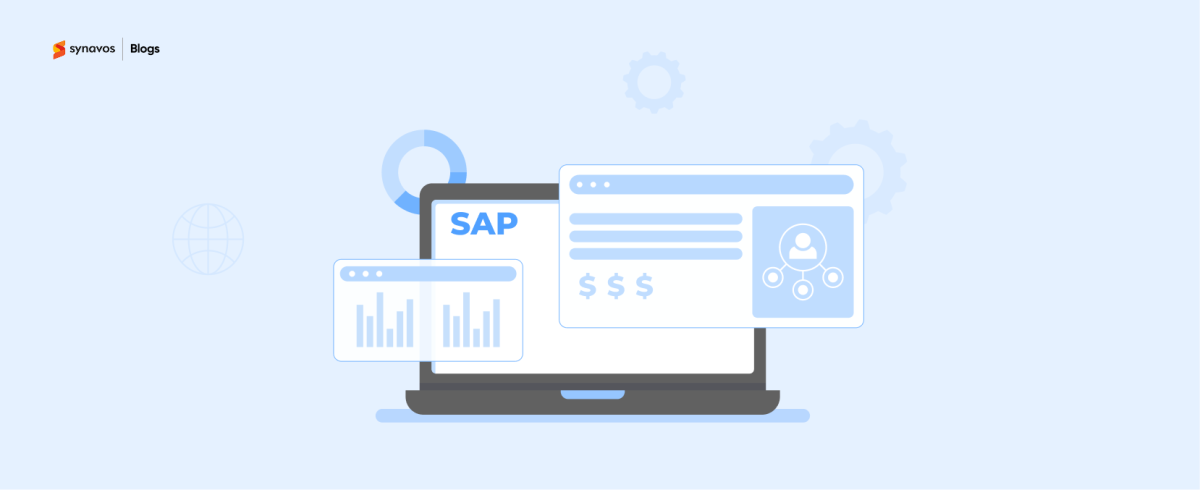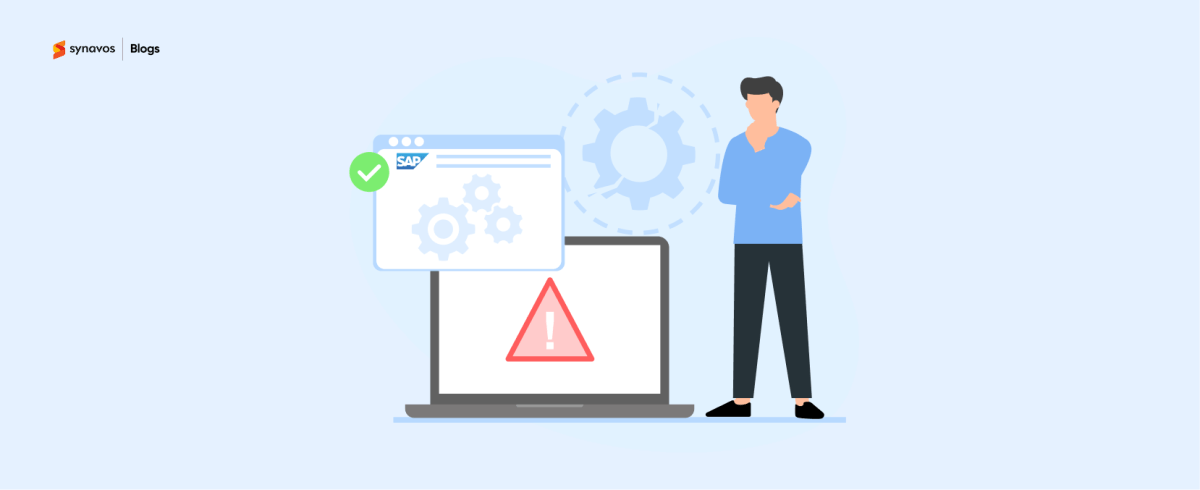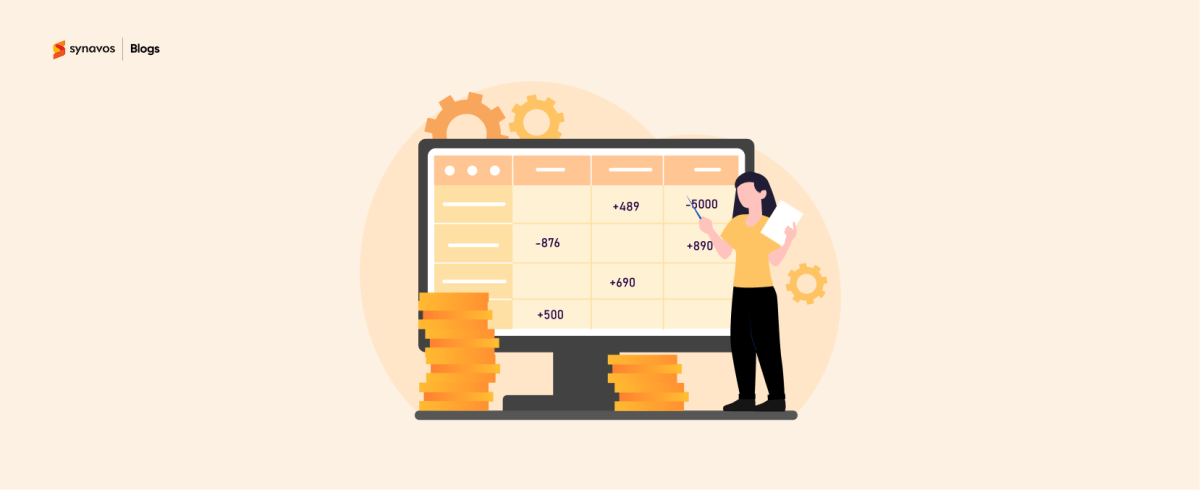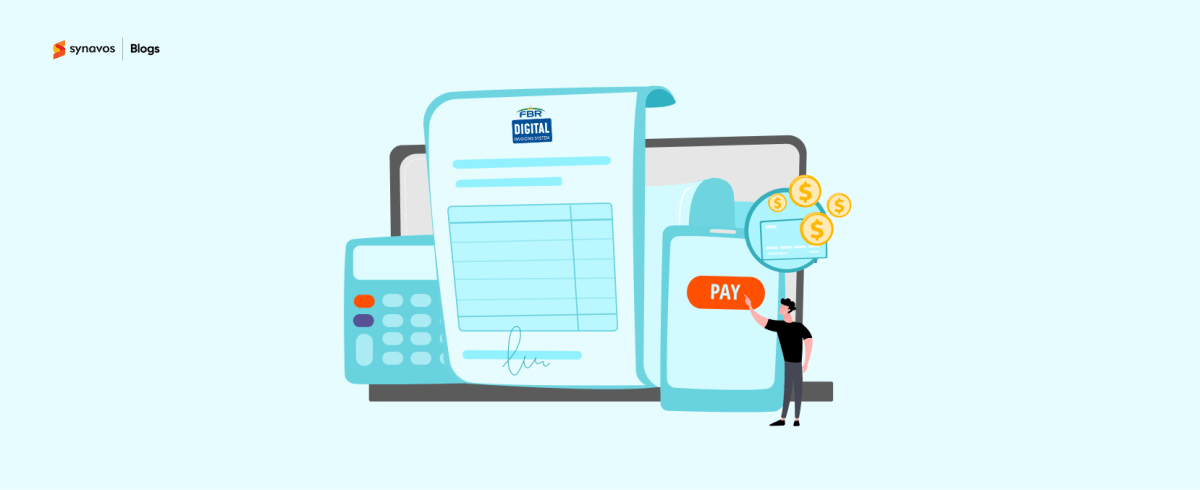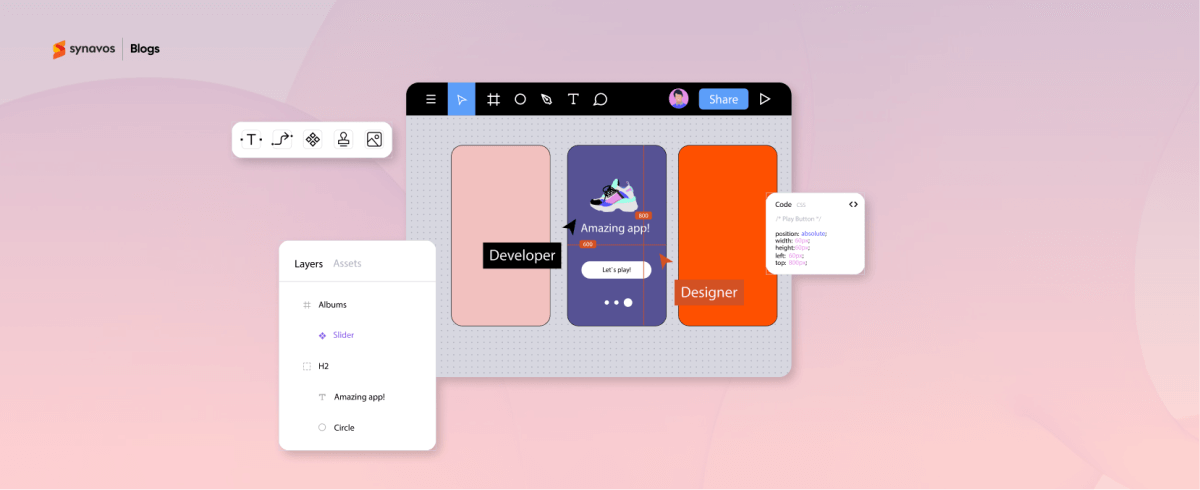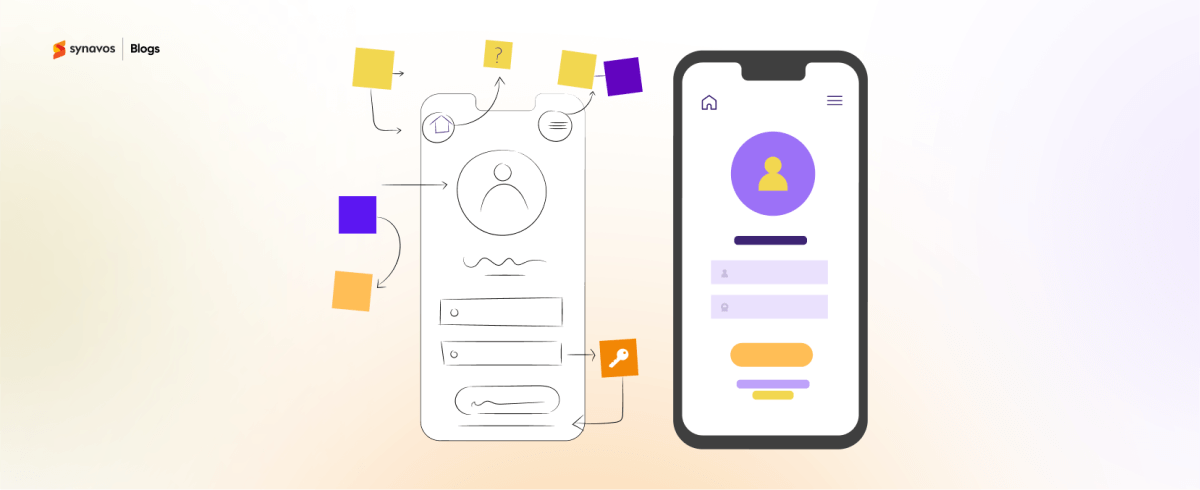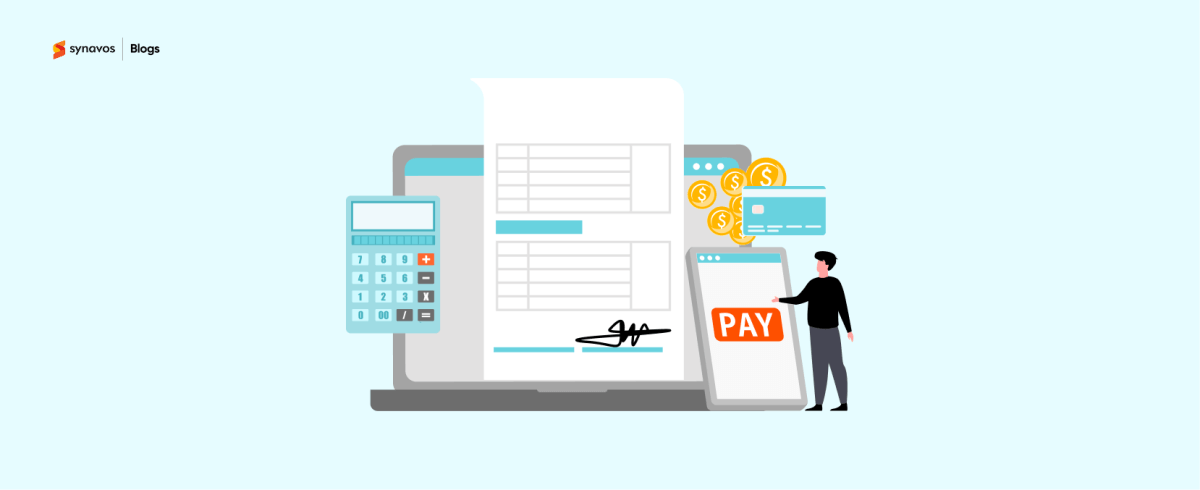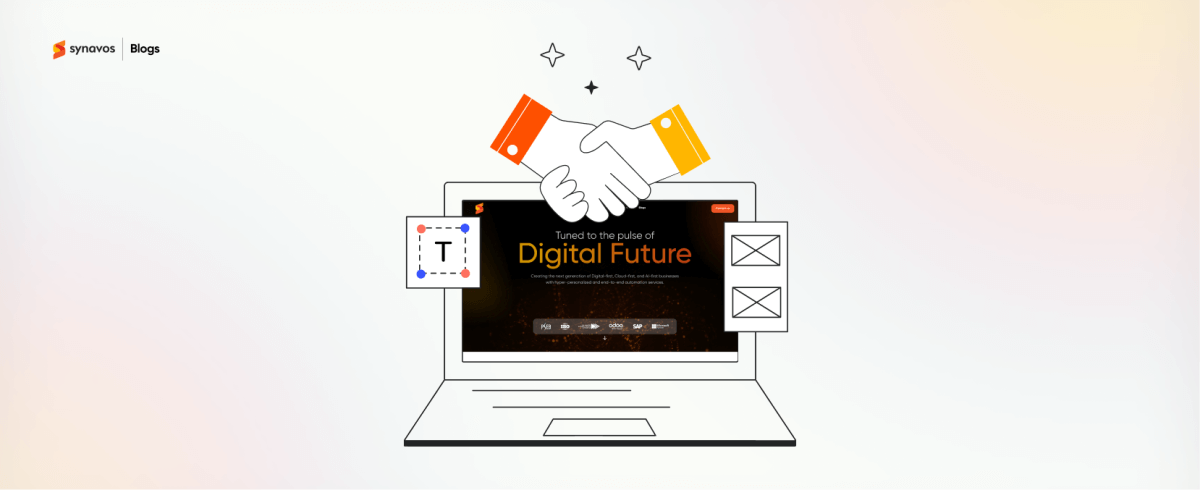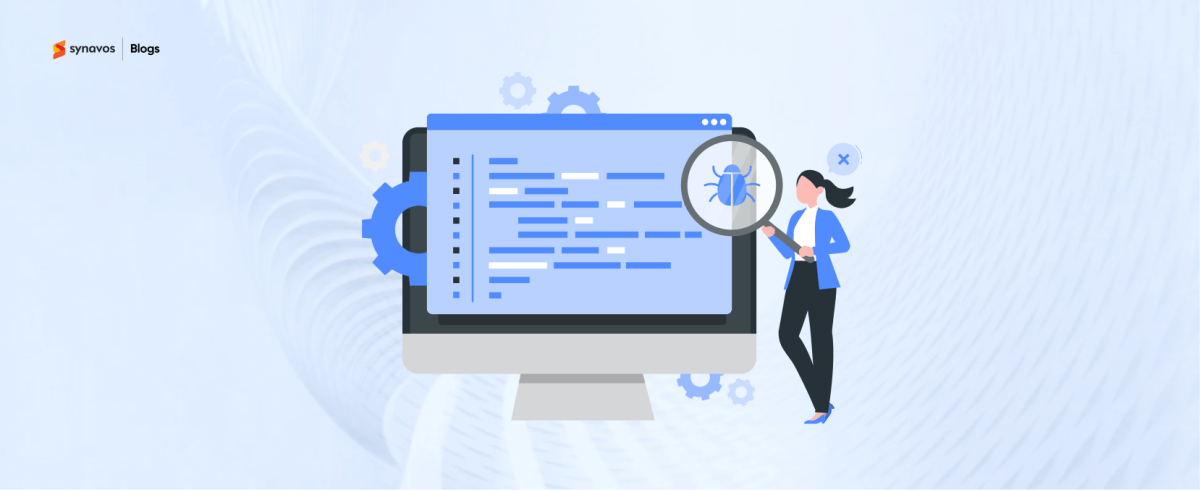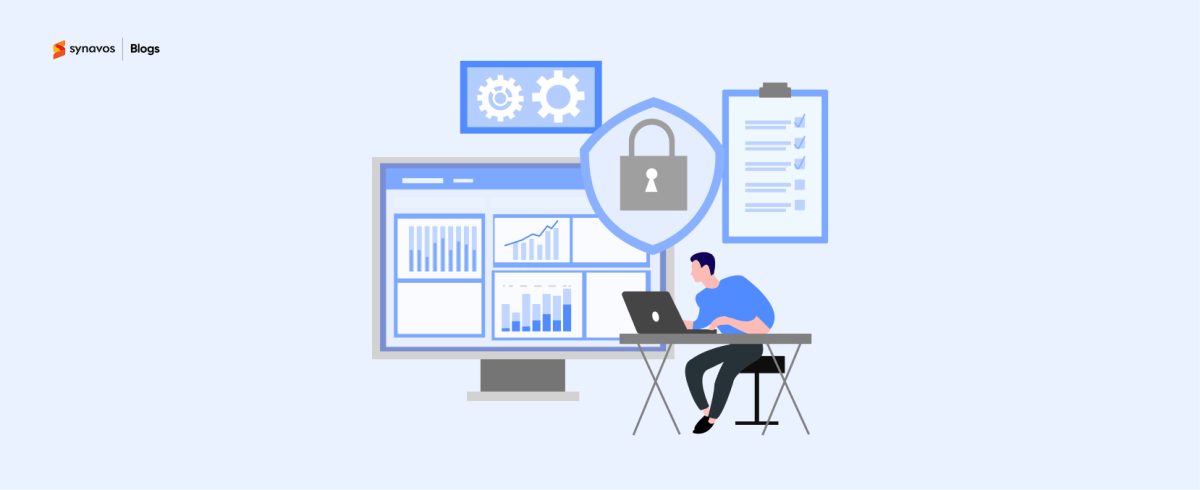For many growing businesses, the biggest barrier to scaling is their own operations. Disconnected systems, manual spreadsheets, siloed data, and a lack of real-time visibility quietly erode profitability and slow decision-making. What starts as manageable chaos in the early days becomes a serious growth limiter once the business reaches scale. Nevertheless, as per NetSuite’s report, 62% of companies report that implementing an ERP system helped reduce their overall costs, particularly by cutting expenses in purchasing and inventory control. SAP Business One is built around five core modules that form the backbone of a powerful ERP system.
Explore this blog to discover how each module tackles specific operational needs and provides a unified, end-to-end view of the entire business.
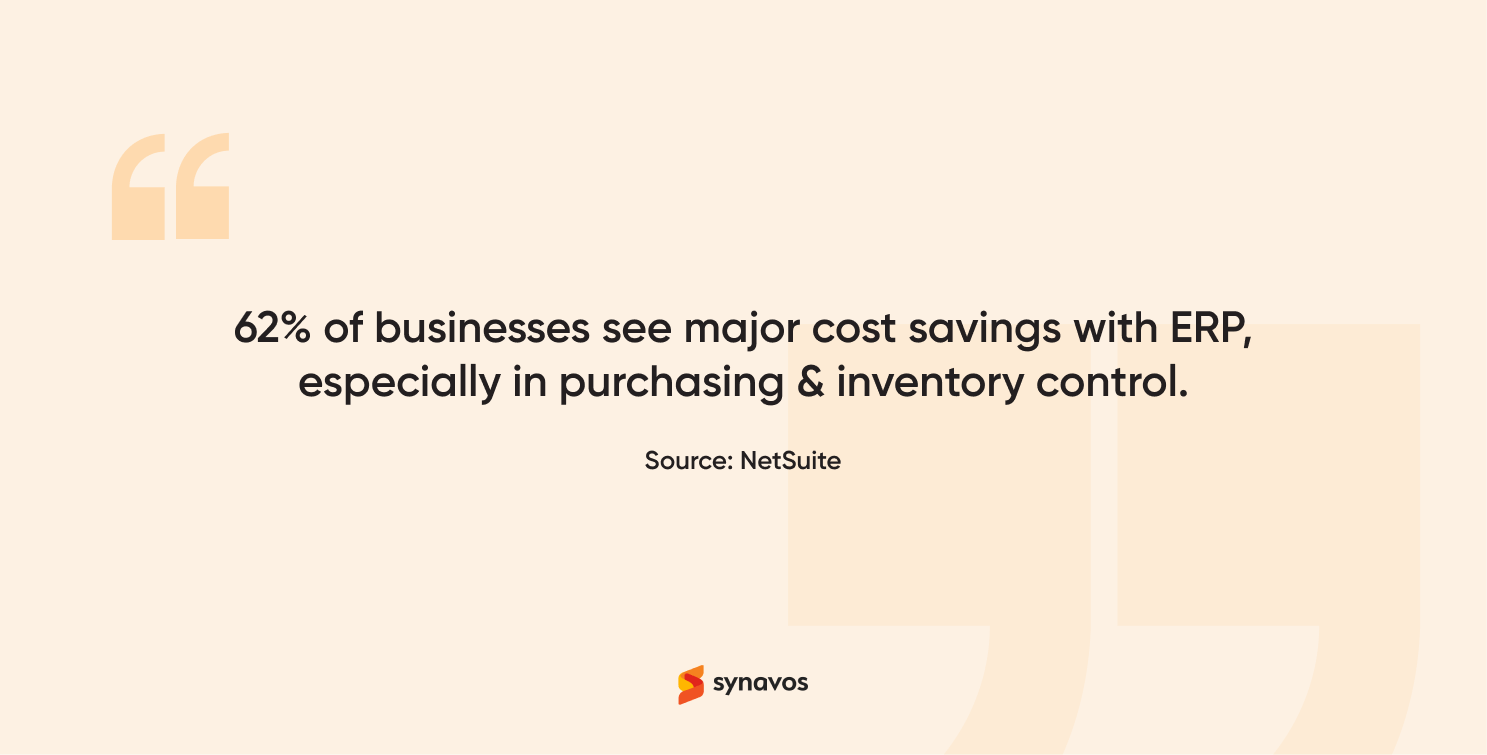
Why Focus on 5 Core Modules?
SAP Business One offers plenty of modules and add-ons, but five of them sit at the heart of every successful business setup: Finance, Sales & Customer Management, Purchasing, Inventory/Warehouse, and Production/MRP. These are the building blocks that keep daily operations running smoothly. When companies start their ERP journey, focusing on these core modules helps them build a reliable foundation before adding specialized tools.
You get full visibility into how money moves, how sales convert, and how products flow from purchase to production. Once these areas are solid, it’s easy to expand and integrate more advanced modules later.
Module 1: Financial Management
Managing finances is one of the most critical aspects of running a business. This often leads to delayed reporting, inaccuracies in financial data, and limited visibility into cash flow. However, the Financial Management module in SAP Business One consolidates accounting, banking, and financial reporting into one integrated system. It automates key tasks such as journal entries, accounts payable and receivable, tax calculations, and reconciliations, significantly reducing the risk of human error.
Key capabilities include:
- Centralized general ledger and automated postings for accurate accounting
- Real-time financial dashboards and custom reports for strategic planning
- Built-in tax compliance and audit trails to meet regulatory requirements
- Automated payment runs and reconciliation tools to improve cash management
Module 2. Sales & Customer Management
Sales operations often suffer from fragmented data, missed opportunities, and poor visibility into the customer lifecycle. Without a unified system, sales teams struggle to track leads, manage quotes, and follow up on prospects. The Sales and Customer Management module in SAP Business One centralizes all customer interactions, from lead generation to post-sale support. It provides a complete view of each customer, including order history, communication records, payment status, and service interactions.
Key capabilities include:
- Centralized customer data and sales history for personalized engagement
- End-to-end sales process management, from quotations to invoicing
- Real-time visibility into order status, delivery schedules, and stock availability
- Integrated reporting to analyze sales performance and identify new opportunities
Module 3. Purchasing and Procurement
Inefficient procurement processes often lead to overstocking, supply chain disruptions, and increased operational costs. When purchase data is scattered across systems or managed manually, businesses lose visibility into supplier performance, contract terms, and spending trends. Nevertheless, the Purchasing and Procurement module of SAP Business One automates the entire procurement cycle, from purchase requisition to payment. It connects purchasing with inventory, accounting, and production, ensuring that all departments have visibility into material requirements and supplier performance.
Key capabilities include:
- Purchase order automation with approval workflows to enforce spend policies
- Vendor performance tracking for better negotiation and supplier selection
- Real-time visibility into procurement costs and delivery timelines
- Automated three-way matching to reduce invoice errors and disputes

Module 4. Inventory and Warehouse Management
Inventory management is often one of the biggest challenges for growing businesses. Inaccurate stock data leads to stockouts, overstocking, and lost sales opportunities. That’s where SAP Business One’s Inventory and Warehouse Management module comes in. It delivers real-time control over stock levels, movements, and valuation. Moreover, the module further tracks inventory across multiple warehouses and bin locations, providing detailed visibility into item availability, movement history, and batch or serial tracking.
Key capabilities include:
- Centralized stock visibility across all warehouses and storage locations
- Automated reorder point calculations and replenishment suggestions
- Support for batch and serial number tracking to ensure product traceability
- Integrated pick, pack, and ship workflows to streamline order fulfillment
Module 5. Production & Material Requirements Planning
For manufacturers, coordinating production schedules with material availability is critical. Manual planning often leads to production delays, excess inventory, or shortages that disrupt operations and increase costs. However, the Production and Material Requirements Planning (MRP) module of SAP Business One provides a structured approach to managing the entire manufacturing process. It consolidates data from sales, purchasing, and inventory to calculate material needs and create production orders automatically.
Key capabilities include:
- Bill of Materials (BOM) management for accurate production planning
- Automated MRP runs that calculate material requirements and suggest purchase or production orders
- Real-time tracking of production orders and material consumption
- Capacity planning tools to optimize manufacturing schedules
How SAP Business One Modules Work Together
One of the greatest strengths of SAP Business One is how seamlessly its modules work together. Instead of operating as separate tools, they share real-time data across departments, giving you a connected business workflow rather than scattered silos.
When your sales, purchasing, inventory, production, and finance teams all work inside the same system, every action instantly updates the others. Here’s how a typical day might look inside SAP Business One:
- A new sales order is created in the Sales and Customer Management module.
- The Inventory module automatically checks stock levels. If there’s a shortage, the MRP (Material Requirements Planning) engine triggers either a new purchase request or a production order.
- The Purchasing module raises a purchase order (PO). When goods arrive, stock updates instantly, and the Finance module records the related costs.
- If manufacturing is required, the Production module uses Bills of Materials (BOMs) and capacity data to schedule production. Once finished goods are produced, inventory updates automatically, and the system posts the cost of goods sold (COGS) to the financials.
- Throughout the process, real-time dashboards and reports update across all modules. Finance teams see live cash-flow changes, production managers monitor efficiency KPIs, sales teams track deliveries, and leadership sees the entire operation from a single view.
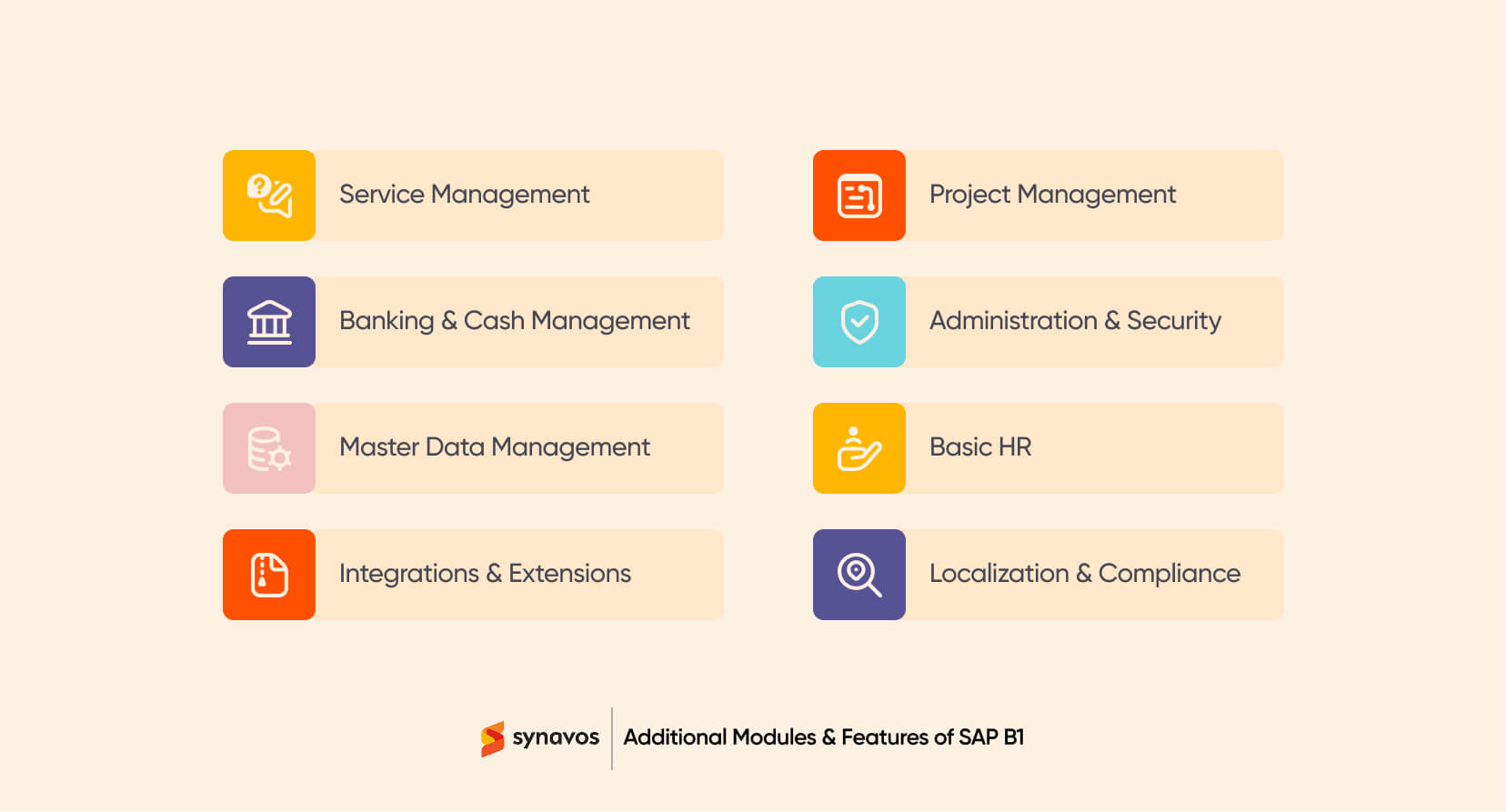
Additional Modules & Features of SAP B1
SAP Business One grows as your business grows. Beyond the 5 core modules, there are several additional features and industry-specific tools you can activate as your business scales:
- Service Management: Track service calls, manage warranties, and deliver faster support.
- Project Management: Monitor budgets, track milestones, and improve project profitability.
- Banking & Cash Management: Automate payments, receipts, and bank reconciliations.
- Administration & Security: Control user permissions, approvals, and audit trails.
- Master Data Management: Centralize customer, vendor, and product information.
- Basic HR: Store and manage employee records.
- Integrations & Extensions: Connect to e-commerce, POS, and other tools.
- Localization & Compliance: Adapt quickly to regional tax and legal requirements.
Final Thoughts
In 2025, efficiency, visibility, and control are the foundation for sustainable growth of any business. SAP Business One delivers all three through its core modules, each designed to tackle a critical area of operations while seamlessly connecting with the others. In fact, this single ERP platform empowers teams to make smarter decisions, reduces operational costs, and builds the agility needed to scale confidently.
How Synavos Can Help
Choosing the right ERP is only half the journey, and implementing it effectively is what drives real transformation. However, having an expert SAP implementation partner makes all the difference. With a proven track record of successful SAP Business One implementations across the UAE, Pakistan, and KSA, Synavos helps businesses reach the full potential of their ERP investment.
Reach out to Synavos today and start getting more value from every part of your operations.